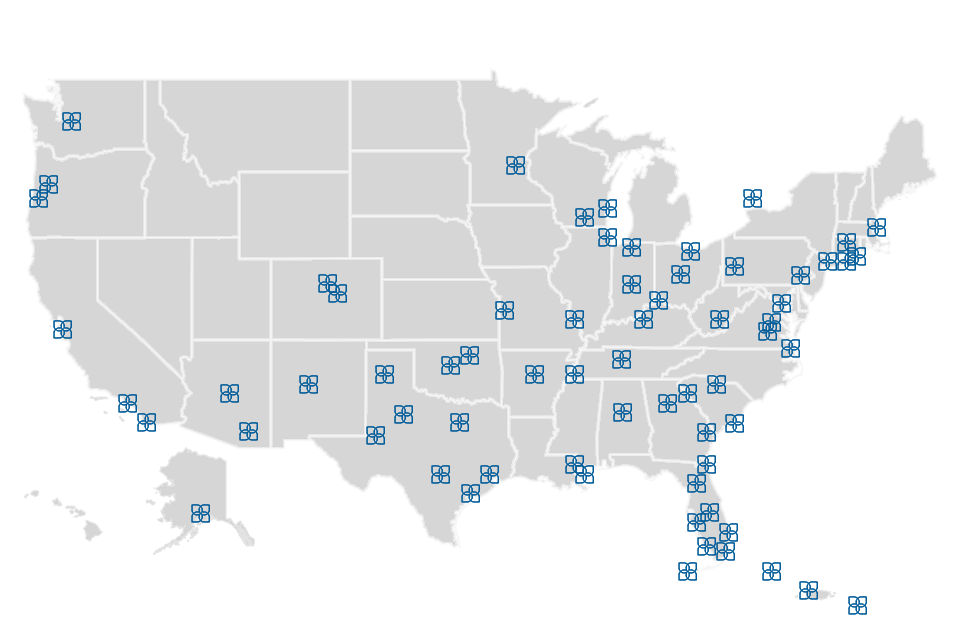by Brendan Manley (Hotel News Now)
C.A. Anderson was quoted in this article posted on January 22, 2020. The full article is available on the Hotel News Now website.
_____________
After setbacks in 2017 and 2018, Baltimore’s hotel market is showing signs of recovery, spurred by sizeable investments in demand generators and infrastructure.
REPORT FROM THE U.S.—Experts say Baltimore’s hotel market is on the upswing, as the city works to shrug off the negative effects of new supply and a longstanding image problem.
After hotel performance fell in 2017 and 2018, improved year-to-date 2019 metrics and recent investments in the city—particularly $400 million in planned upgrades to its convention center—are spurring renewed optimism.
However, sources said there’s still work to be done in Baltimore, including fighting decades of negative perception associated with a high crime rate and recent slurs by President Donald Trump.
Baltimore is answering its critics by reinvesting in businesses, demand generators and visitor capacity, hoping to convince a greater share of the traveling public to stay, work and play in the city.
“You’ve got a lot of a lot of great things going on in Baltimore,” said C.A. Anderson, senior managing director of investment consultancy The Plasencia Group. “Anytime anybody talks about Baltimore, they don’t talk about the Ravens and how great they’re doing; they don’t talk about the Orioles and how great they’re doing. They just talk about the crappy stuff that’s happened downtown. So the hotels and city have decided to do something about it, which I think is positive.”
Improving performance
Baltimore’s hotel market showed modest increases in 2019. According to STR, parent company of HNN, hotel occupancy for full-year 2019 was up 2% overall in the market, while average daily rate was up 0.4%, which led to 2.4% growth in revenue per available room.
That growth nearly offsets declines in 2018, when Baltimore hotel occupancy was down nearly 2% overall, amid a rash of new hotel openings.
“2018 occupancy declines were driven by a lot of new supply coming into the market in 2018—3.2% supply growth, which is a pretty significant amount for the market,” said Alison Hoyt, senior director of consulting and analytics, North America, for STR.
Prior to 2018, the market last saw significant supply growth (+4% to +5% a year) during the 2007-08 cycle, she said.
Baltimore hotel average daily rate was up slightly in 2019 (+0.4), mirroring a national trend of “very sluggish” rate growth, Hoyt said.
The problem is ADR in the market already was down 1.1% for 2018, which led to a revenue-per-available-room dip of 3% that the city’s hotels are still working to recover from, she said.
Overall RevPAR was up 2.4% to $77.45 in the market for full-year 2019, but there’s still ground to regain.
“The market hasn’t (fully) recovered from its 3% drop (in RevPAR in 2018),” Hoyt said.
RevPAR in the market hit a peak in full-year 2016, at $78.49. For full-year 2019, it’s nearly back to that level, at $77.49.
Another encouraging trend is Baltimore’s supply pipeline, which has shrunk significantly since the considerable spike in rooms experienced in 2018, giving hoteliers room to focus on growing demand.
“There isn’t a lot left in the pipeline, which is a good thing for the market,” Hoyt said.
Currently, 858 rooms are in construction in the Baltimore area at seven properties, which represents 2.4% of existing supply.
“A market like New York is still facing 13,000 rooms under construction, which is 11% of existing supply, so 2% in Baltimore is a much smaller increase to new supply than most markets we’re seeing right now,” Hoyt said.
Expanding the base
With supply levels stabilized, sources point to new additions and upgrades to the city that are expected to boost demand, as well as chip away at Baltimore’s negative image. These include growth of the city’s medical and accounting/financial services sectors.
“We look at a lot of markets around the country, and I was really impressed by the number of projects and the amount of dollars that are projected to go into Baltimore,” said Brian Waldman, EVP of investments for Peachtree Hotel Group. “As these projects come out of the ground, and longer-term, there’s going to be a very positive impact on the city of Baltimore.”
The largest of these initiatives is the planned renovation and expansion of the Baltimore Convention Center, which experts say needs a larger footprint and updated features to attract more and larger conventions. Baltimore will begin planning and design of the new center and an accompanying convention hotel in 2020. Hoteliers will be anxiously waiting this upgrade, as transient business travel accounts for a only small portion of Baltimore’s overall demand.
“Since around 2000 they’ve done pieces and parts … at the convention center, but it hasn’t really been renovated, yet it competes with the regional markets like D.C., Nashville, Philadelphia and Pittsburgh,” Anderson said. “All those convention centers have all been renovated and expanded over the last 10 years, so Baltimore is picking up.”
Developers and state officials driving new development projects are also betting that the multiple recent investments in Baltimore are going to be the spark that turns around the city’s negative image.
“When you look at all the taxpayer dollars going into the city, as well as private equity that’s going into these new developments, there’s an expectation that things will change,” Waldman said. “They’re not going to put those dollars in and then let the area become overrun with crime. A lot is being done to help clean up the neighborhood and make it more of a 24/7 place. We believe that that city is going to continue to turn the corner. There are better opportunities and better days ahead.”


